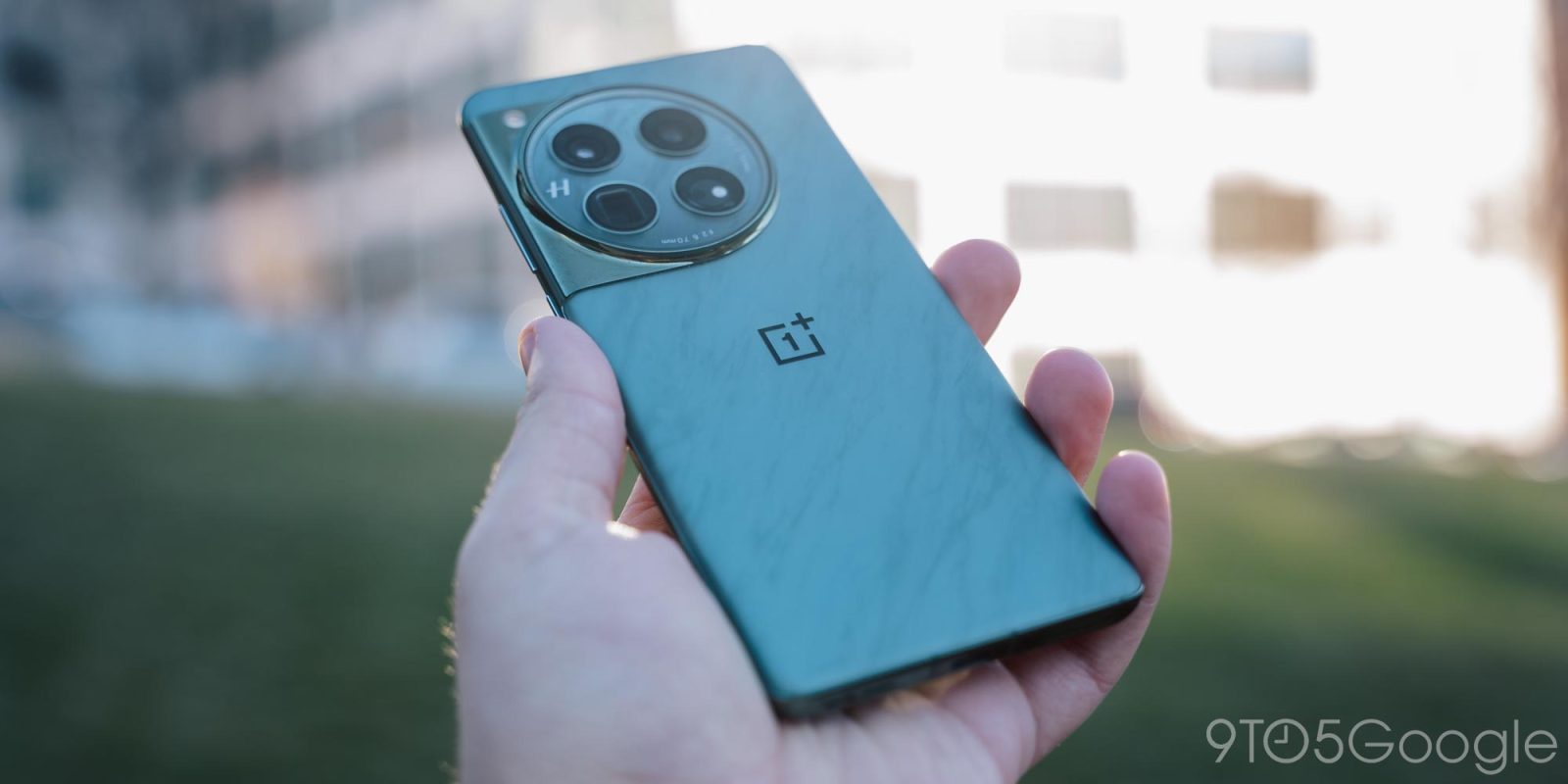
About 10 years ago, OnePlus hit the scene with the OnePlus One. A device that blew most folks away for its clean software, excellent hardware, and dirt cheap price. Over the decade since, a lot has changed. The brand has delivered a lot of memorable devices, and made plenty of mistakes, but it really seems like things have finally hit their stride, with the OnePlus 12 bringing all the good, and the bad, of a OnePlus device, but finally with the core issue fixed, and all for a fantastic price.
Table of contents
Hardware
Not too flashy
The OnePlus 12 doesn’t really try anything new in the hardware department. It’s a slab of aluminum and glass that’s pretty narrow and has a frosted texture on the back. The only “unqiue” thing here is the marble pattern on the green model. It’s an interesting look to say the least, and one you’ll either love or hate. Personally, I’m a fan, but I don’t think it’d work in any color but this green.
I don’t really have any strong feelings about the hardware as a whole, because it’s really not thinking too far outside of the box. If you’ve seen a OnePlus phone in the past few years, this isn’t breaking any new ground. One of the only notable changes is the button layout, which has been reworked. The power and volume buttons are now along the right side in the same layout as a Samsung device, with the Alert Slider moved to the left. Personally, I think this feels way better, but I do wish OnePlus would have opted to match the Pixel’s layout where the power button is on top with the volume rocker below it – it’s a bit more logical.
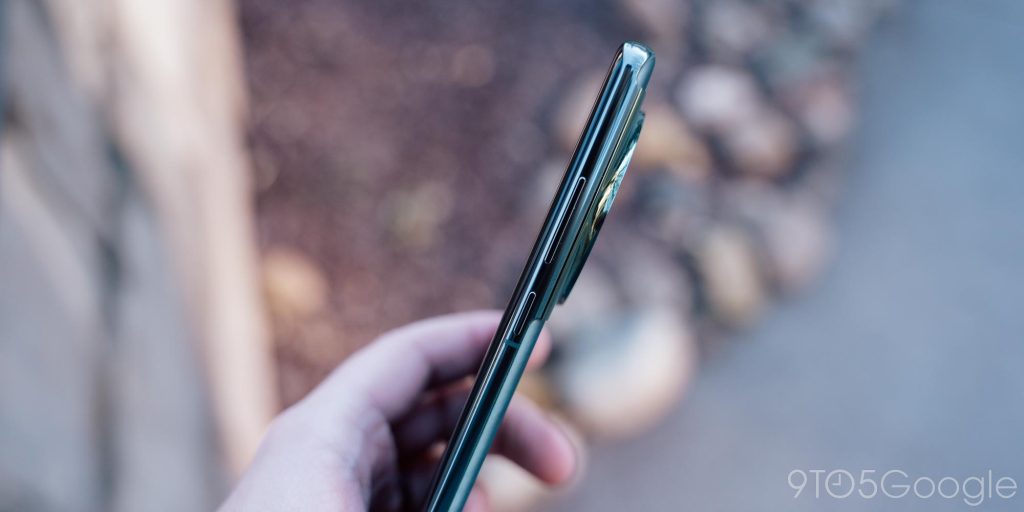
The only thing I will note, though, is that this phone absolutely demands a case. The frosted glass is particularly slippery, and through my time using the phone I’ve constantly felt like I’m about to drop it when running caseless. One unfortunate thing about OnePlus in the States is that there aren’t a whole lot of recognizable case makers, but I’m pretty happy with this cheap frosted translucent case from Amazon, which still lets the green color shine through.
Oh, and a nice surprise, the IR blaster! OnePlus randomly resurrected this feature on the Open last year, and it’s on the 12 as well. I won’t lie, I didn’t use it even once, but I’m really glad to see it back. IR blasters are a fun utility that, even if you ignore, eventually comes in handy.
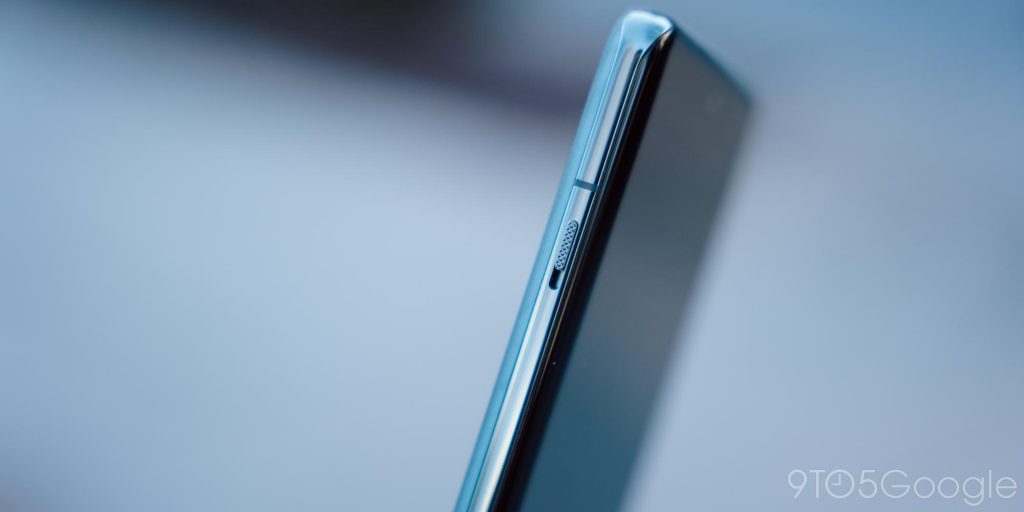
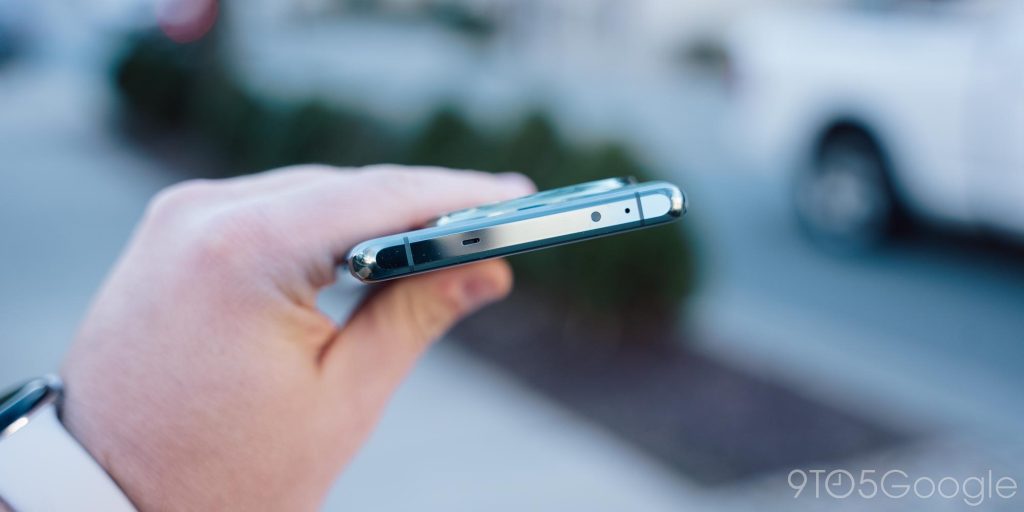
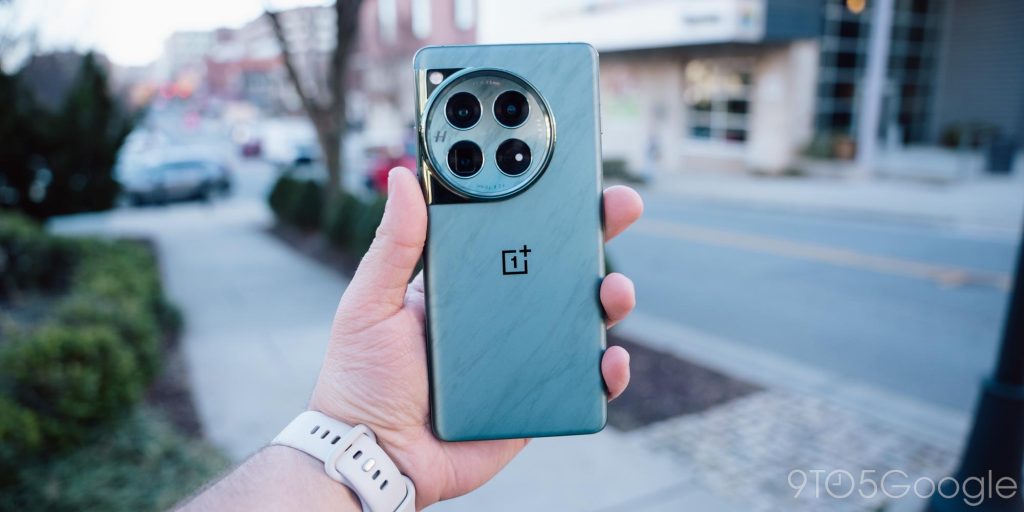
A stellar display – shame it falls off around edges
The 6.82-inch, QHD+ AMOLED display is one of the core selling points of the OnePlus 12, and largely because it is excellent. The display here is big, sharp, and very bright. OnePlus touts a peak brightness of 4,500 nits, which is far beyond any other device you’ll see in the US market. That stat is a tad misleading, as it only hits that brightness for a tiny portion of the display and under very specific conditions, but it’s still impressive. You’ll never actually see this display at 4,500 nits – nor would you probably want to – but it’s a bright and genuinely fantastic panel by all accounts.
At 120Hz with a variable refresh rate, it’s also very smooth, and the Snapdragon 8 Gen 3 paired with 16GB of RAM under the good ensures you’ll feel that smooth experience throughout the whole time you’re using the phone. It’s also notable that, with frame interpolation, OnePlus will upscale any Android game to play at 120fps. I’m not much of a mobile gamer, but the few titles I did try felt marginally smoother here, and I didn’t really notice any artifacting, which is what I expected when I was first told about this feature.
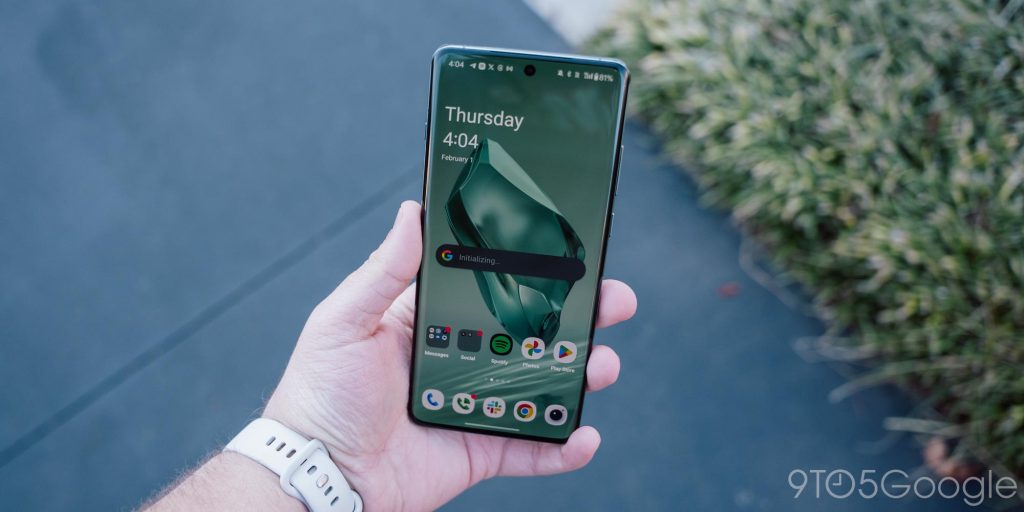
So what’s the downside? Well, the display literally falls off around the edges.
In a world where every other flagship smartphone in North America now has a flat display, OnePlus is alone with this dramatic curve off of the left and right sides, and I hate it just as much now as I have for the past several years. That curve leads to unnecessary reflections along the side and I feel it’s less comfortable and grippy in the hand too. I get the aesthetic appeal here, but it leads to practical downsides, and I really hope OnePlus gets the message that this whole trend is over.
On a related note, I wish I could get a decent screen protector for this phone. The one included, which I’m glad OnePlus still does, was damaged and needed to be removed almost immediately after I started using the phone. It got caught on my pocket shortly after I started using the device, which I’d never had happen before. Since then, I’ve scratched the display a bit. Oops.
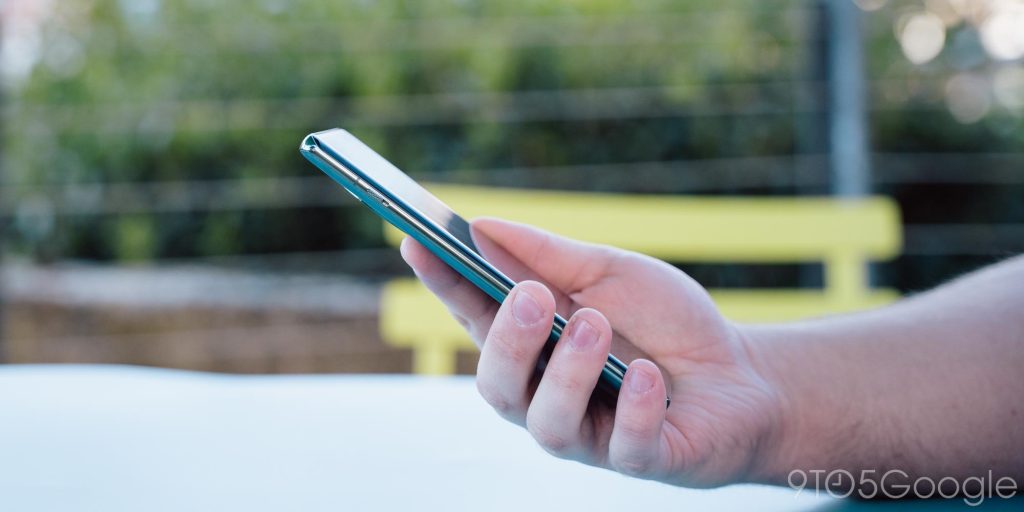
Software
OxygenOS is an acquired taste – I have not acquired it
In terms of software, the OnePlus 12 runs on top of OxygenOS 14, which is just Oppo’s ColorOS with 10% less bloat. It’s a good-looking Android skin for the most part, but one that makes some weird and often frustrating choices.
I don’t like how the app drawer puts apps with numbers all the way at the bottom. I hate that OnePlus’ launcher defaults to dumping all of your apps on the homescreen when you restore from another device (even if that setting is turned off in the Play Store). Not being able to easily access app settings from the recents menu, like every other Android phone does, is frustrating. The Settings menu is also overly complex, too, making it hard to find common setting, and OxygenOS is also way too harsh on background apps, which leads to its own set of issues.
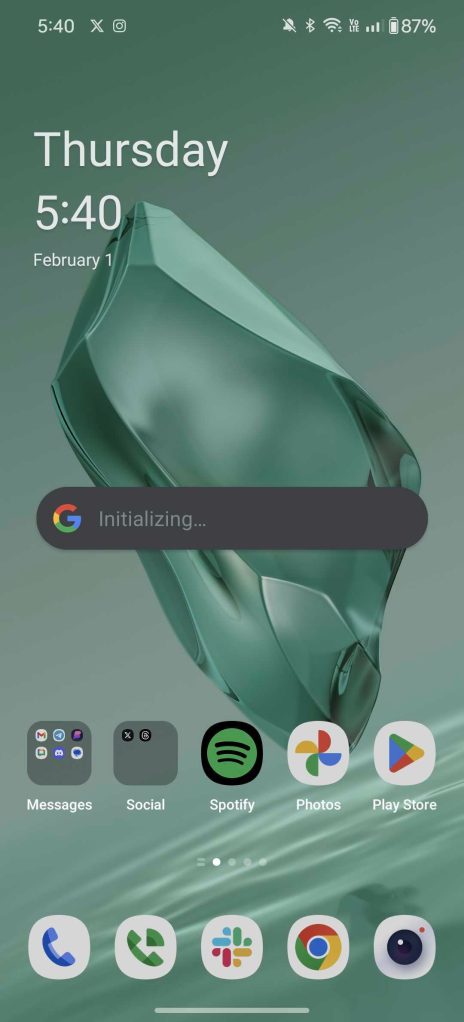
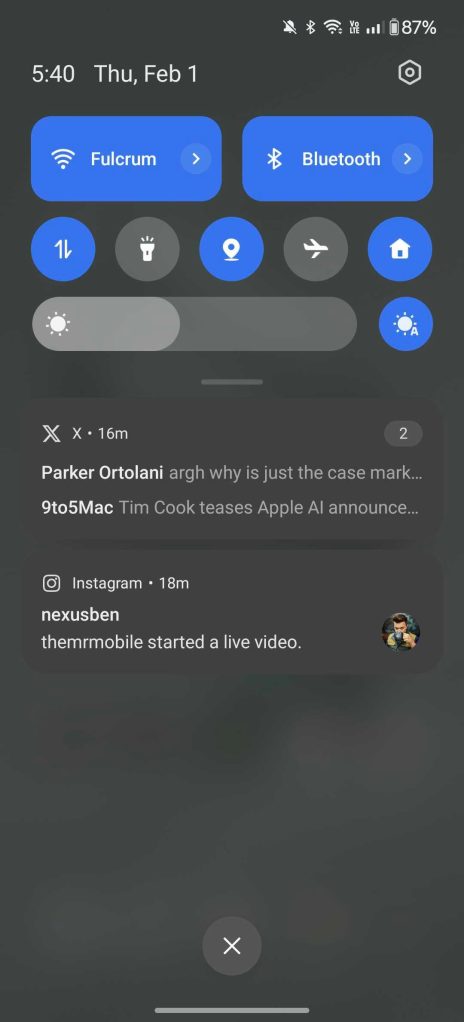
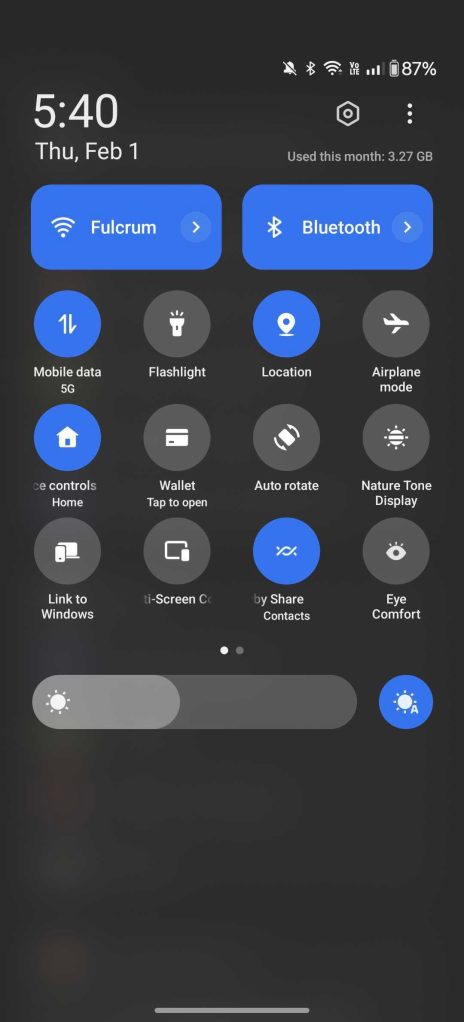
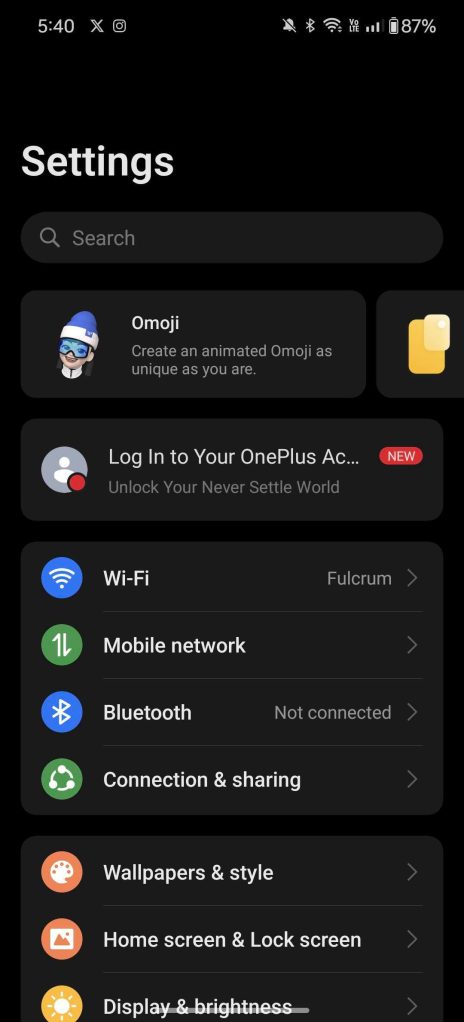
And if you don’t reboot a OnePlus phone every few days, a bunch of random and weird stuff starts happening. For instance, the Google Search widget on my homescreen would constantly get stuck on “initializing” and become completely useless after a few days with the phone turned on, but would be fixed with a reboot.
This stuff doesn’t happen on any other mainstream Android phones.
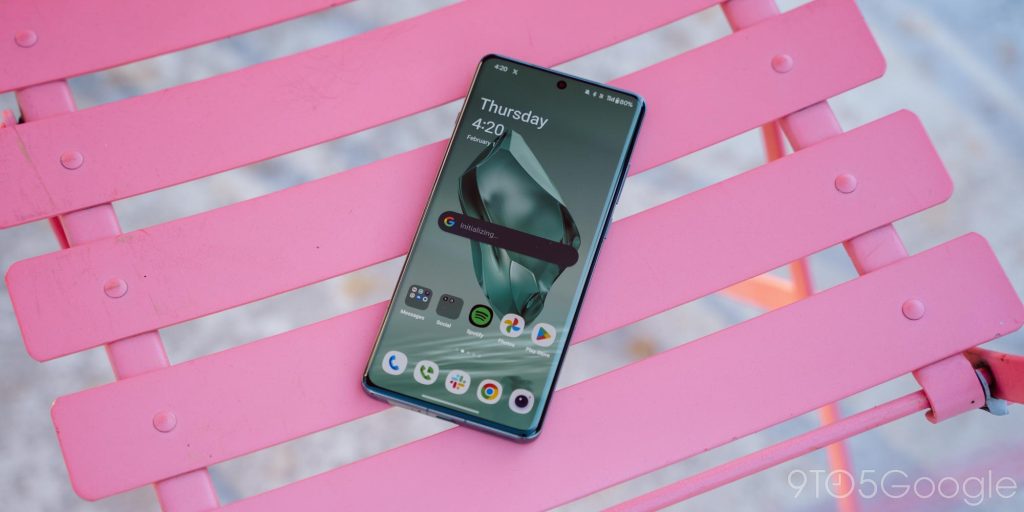
OxygenOS is, on the whole, not awful. It’s feature-packed and almost everything you want to have is here in one form or another. But it’s something you either like or you don’t. For me, there aren’t enough redeeming qualities of OxygenOS to make me like it. OnePlus’, or more accurately Oppo’s, changes to Android are either something I can, or cannot ignore. There’s nothing I “like” that the companies have added, at least on this device.
But, as mentioned earlier, OnePlus does get some things really right. While the “Trinity Engine” still feels like a bunch of buzzwords, it does contribute to making this phone feel fast, and takes away from the little headaches of going through the software. I’d never choose to use OxygenOS, but I do wish other brands, especially Google, would take some notes on what makes this phone feel so fluid to use.
Notably, OnePlus lags just a bit behind on software updates. Where Google and Samsung both now offer seven years of updates, the OnePlus 12 will get four major Android updates and five years of bi-monthly security updates. Not bad, but a bit less than you’d get elsewhere.
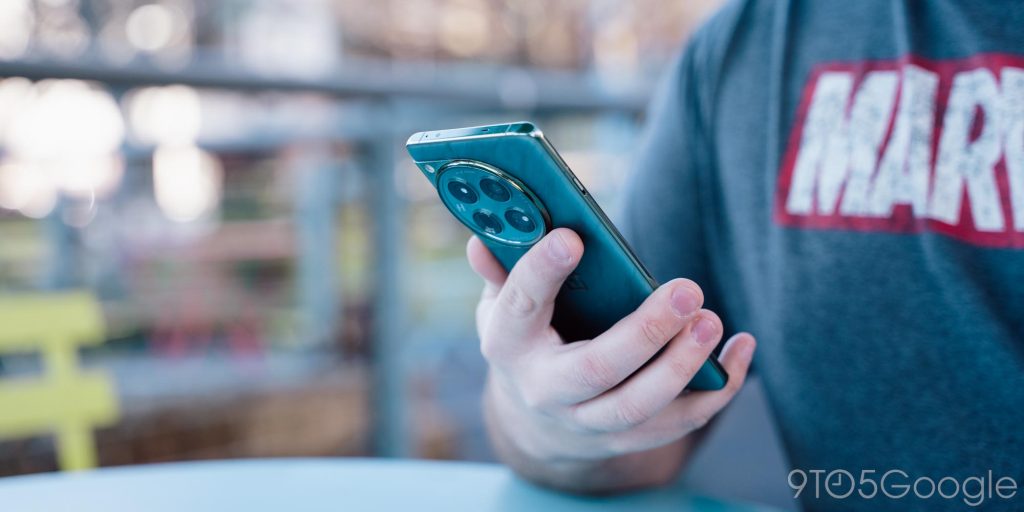
Battery Life
5,400 mAh.
That’s the number that matters when talking about battery life on the OnePlus 12. That staggering figure is considerably higher than any other flagship smartphone sold in North America, or in most countries where this phone is sold. And, as you’d expect, it lends itself to truly excellent battery life. Through my use of this phone, I can’t recall a single day I drained it below 30% (even on heavy travel days), and I actually forgot to log my results just because the battery is so fantastic.
That said, I almost felt underwhelmed. When I first heard of the 5,400 mAh battery, I expected to get the better part of two days on a charge. And while I think that’s totally feasible, most days I was only coming out maybe 25% better than say, the Galaxy S24 Ultra. Don’t get me wrong, I think OnePlus is offering basically unmatched endurance here, but I was expecting just a little bit more.
Wireless charging is back baby
What was far more important to me was the charging situation. You’ll get the same 80W here that’s been in place on OnePlus phones in the US for a few years – charging brick still in the box, too – but it’s paired with the glorious return of wireless charging.
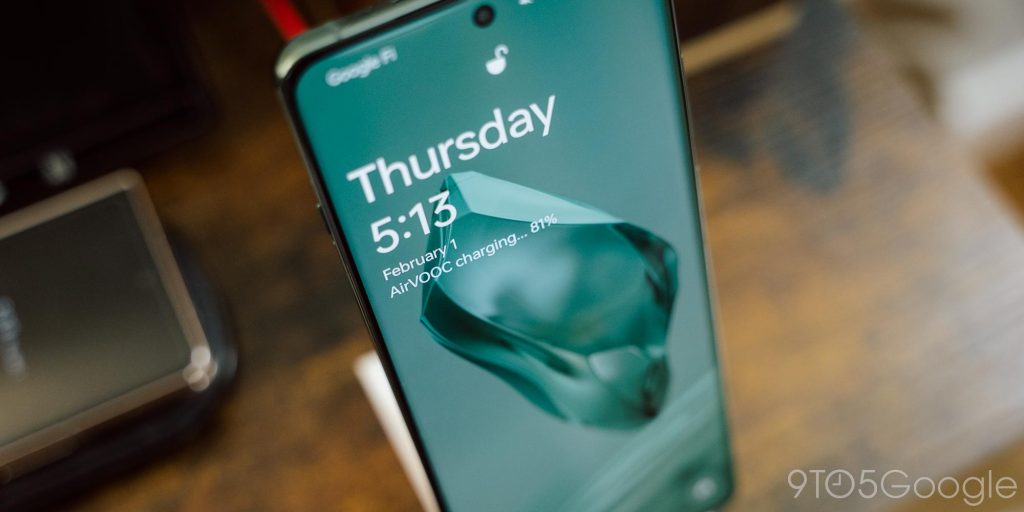
OnePlus made lame excuses for skipping this feature on some of its past flagships, so I’m thrilled to see it come back. Wireless charging will never be as fast as wired charging, but that’s never been the point. It’s always been about convenience, and it sure is convenient to finally charge this OnePlus phone on the same charger by my bed that I use for literally every other device.
With the return, OnePlus also revives its 50W wireless charger. Using “AirVOOC,” the OnePlus 12 can charge pretty darn quickly without a cable plugged in, but that does come with the tradeoff of an audible fan whenever you’re charging. You can adjust that but, to be honest, I don’t really recommend bothering with this one. You can get any number of nice chargers for the $50 OnePlus charges for this one, and if you’re wireless charging, time is probably not a part of the equation anyway.
Camera
They finally nailed it
The ultimate sticking point of OnePlus phones for years now has been the camera. Despite partnerships with Hasselblad and tons of different hardware configurations, OnePlus never truly got it right.
That’s finally changed.
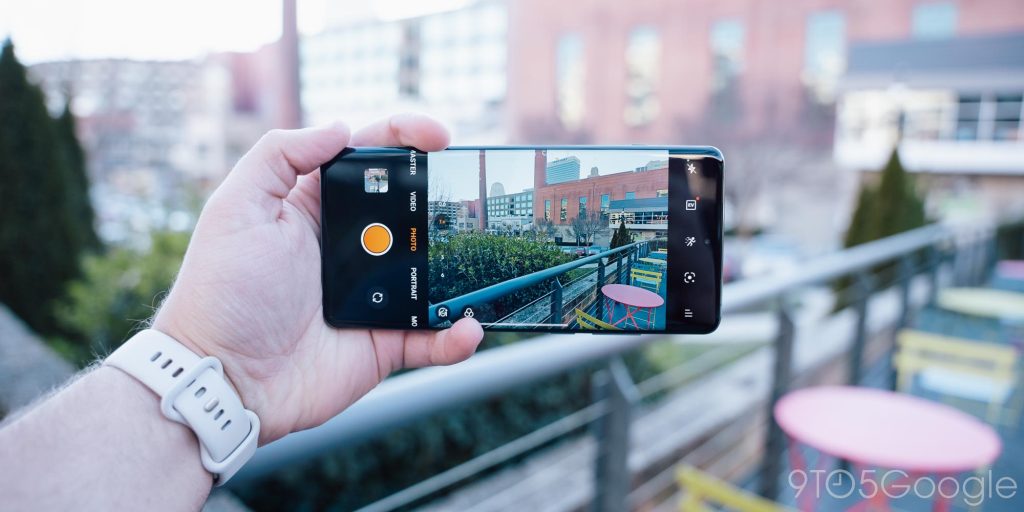
While I can’t say that OnePlus has the best camera out there, I think the company is easily holding its own against Google and Apple. Beyond that, the OnePlus 12 has a better camera than anything Samsung is putting out there right now. Shots are crisp, but more importantly natural. Colors are true to life, avoiding looking both oversaturated or dull. This largely seems to come down to the new Sony Lytia sensor, which brought the same improvements to the OnePlus Open, as well as improved processing. As mentioned, shots generally feel natural. But when the processing does make a stylistic choice, I’ve come to really like them.
OnePlus also added a periscope zoom lens, but it feels a little wasted at a mere 3x optical zoom. Still, I’ve been happy with almost every shot from this camera.
See full-size samples on Google Photos
But, simply put, the OnePlus 12 takes really good pictures.
Video is a bit of another story. OnePlus would do well to pay some further attention to this area going forward, but video is good enough with decent lighting, and at least passable when the sun goes down.
Tidbits
Haptics
One of the underrated things I think OnePlus really got right on the 12 is with the haptic feedback. The haptic motor inside is tight and precise in things like Gboard, and OxygenOS really takes advantage of it too. My favorite little interaction is a vibration that happens when you clear all notifications. The delightful little buzz is just so fun.
Fingerprint Sensor and Face Unlock
Like in years past, OnePlus includes both an optical fingerprint sensor and camera-based face unlock on the OnePlus 12. There’s no meaningful change to either. The fingerprint sensor is fast and accurate, and face unlock works, but doesn’t do anything with secure apps.
What I noticed this year, though, is how these two fight each other.
If you have both turned on, the phone will respond to whichever is recognized first. But if you reach for the fingerprint sensor and the face unlock kicks in, the fingerprint just doesn’t work, which means you then have to switch to swipe to unlock the device. It’s rather frustrating!
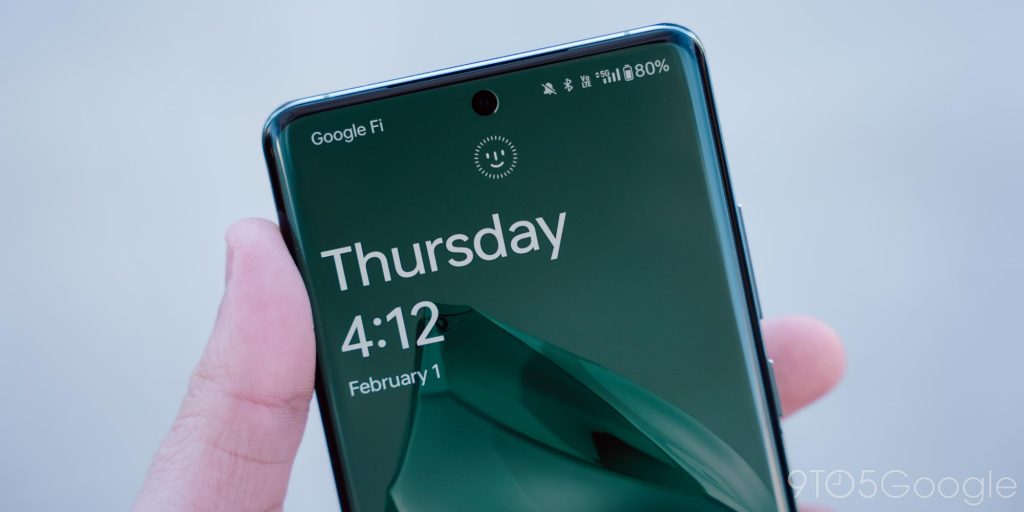
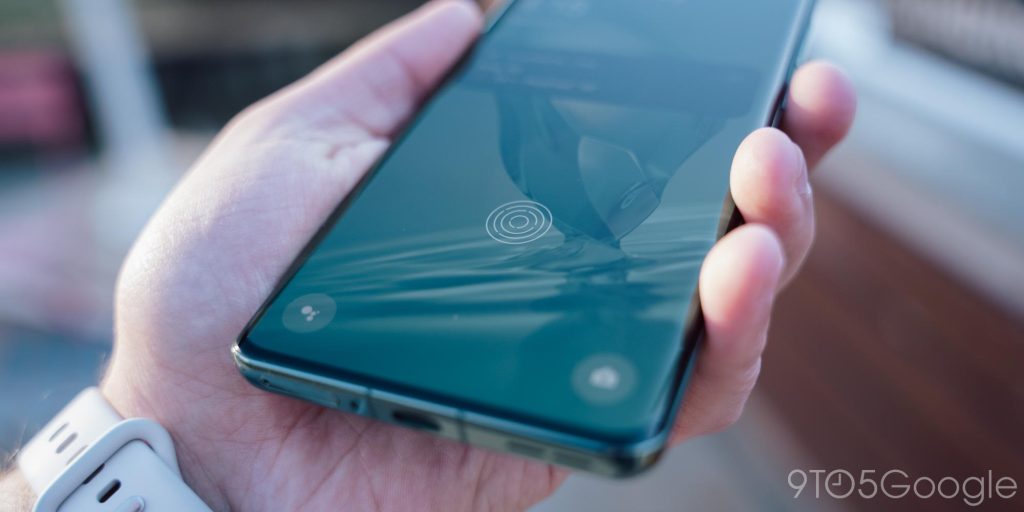
OnePlus isn’t alone here. Samsung does the same thing (in fact I said, verbatim, the exact same thing in our Galaxy S24 Ultra review). But it doesn’t change the fact that this is wrong and frustrating, and meanwhile Google, on the Pixel, does this correctly. On Pixel, the area the fingerprint would be used still works to unlock the device even if face unlock is the one that recognizes you first. That’s fluid!
AI who?
Perhaps the most refreshing thing here has been the lack of focus on AI. The OnePlus 12 doesn’t really tout any big AI-powered features, as has been the trend as of late. That’s good and bad, definitely, as some of the new AI stuff on Google Pixel and Samsung Galaxy phones is genuinely useful. But It’s nice just to have a phone be good at being a phone. I doubt that’ll last into the next generation, as OnePlus isn’t one to skip a good buzzword, but I was pretty happy just to enjoy the device for what it is.
Final Thoughts
For the past few years, I’ve really struggled to want to use OnePlus phones. There was always some big downside, some big flaw, and the constant reminder that, despite still using its whole “Never Settle” tagline, OnePlus has absolutely settled countless times over the years (for better or worse). But things have surprisingly gotten quite good under this new world with Oppo.
The OnePlus 12 is a phone that I can actually love, and I’m happy to, because it’s actually really good.
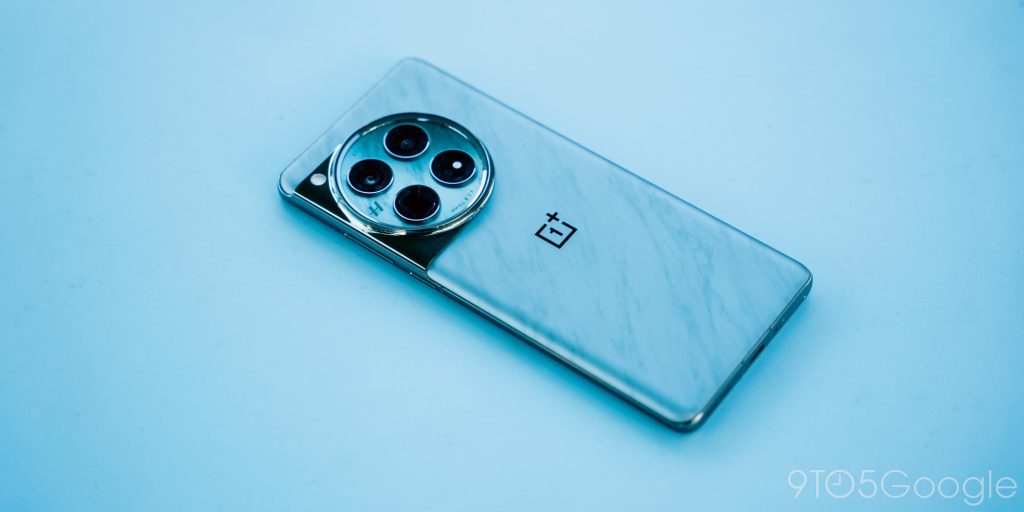
I still have complaints. OxygenOS is still extremely frustrating to me, but it gets the job done. The curved screen is still annoying, but it’s tolerable. And the lack of accessories is a big downside too. But those complaints feel like less to dwell on when they’re surrounded by a lot of good.
At its $799 starting price, the OnePlus 12 rings in 2024 with a bang. Not only is it one of the best Android phones you can buy, it’s the best value in a flagship smartphone today, no question.
Where to buy OnePlus 12
Notably, through February 18, there a solid offer on OnePlus 12. You’ll get 512GB of storage for the same $799 as the 256GB model. That is valid at OnePlus’ store, Amazon, and Best Buy.
- OnePlus.com ($100 trade-in for any device, any condition)
- Best Buy
- Amazon
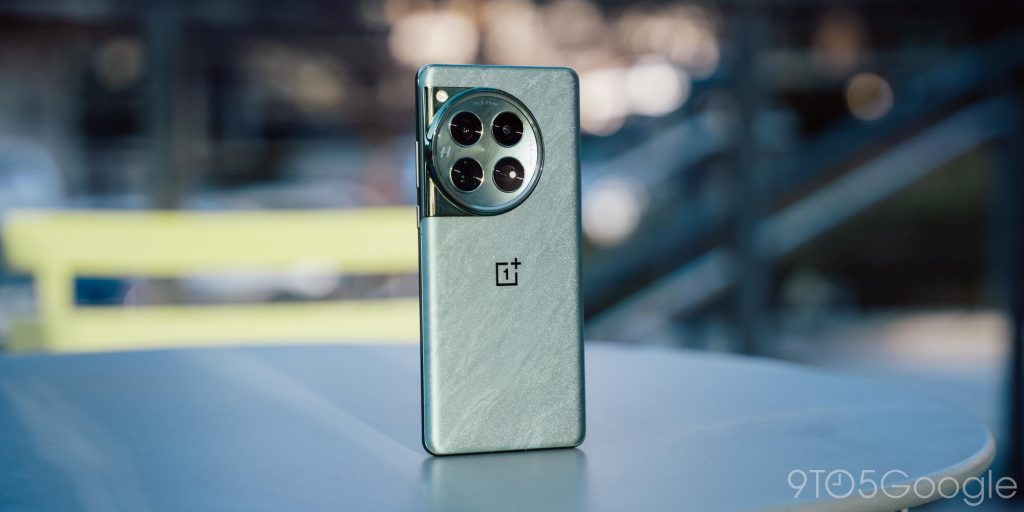
Follow Ben: Twitter/X, Threads, and Instagram
FTC: We use income earning auto affiliate links. More.




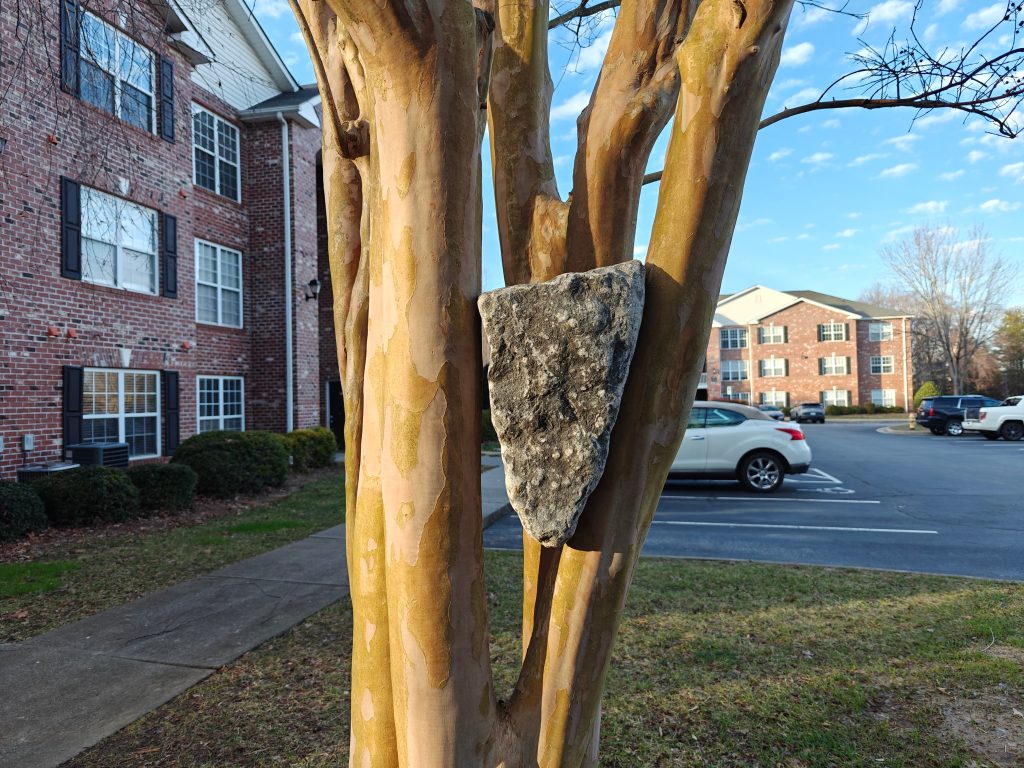
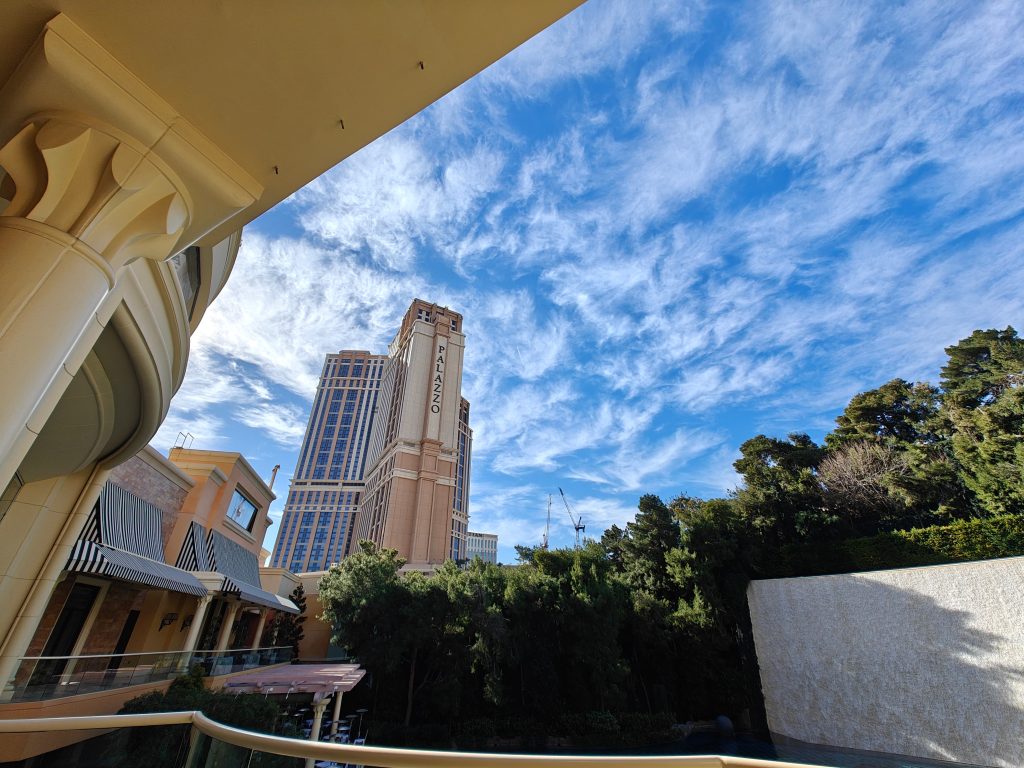



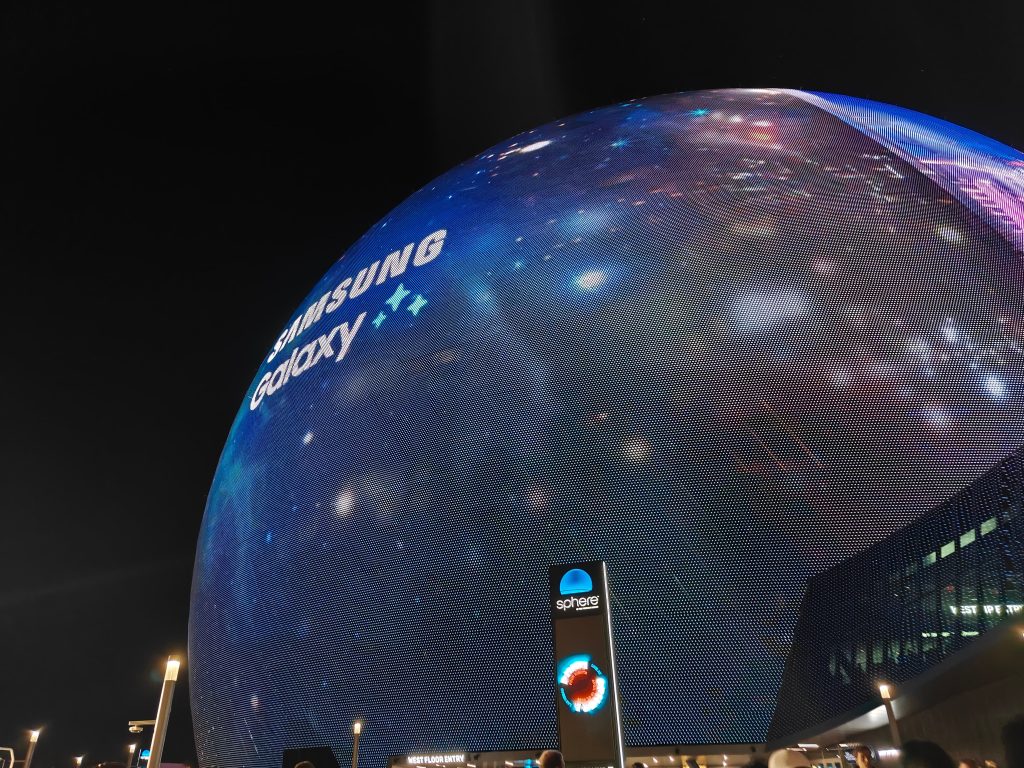
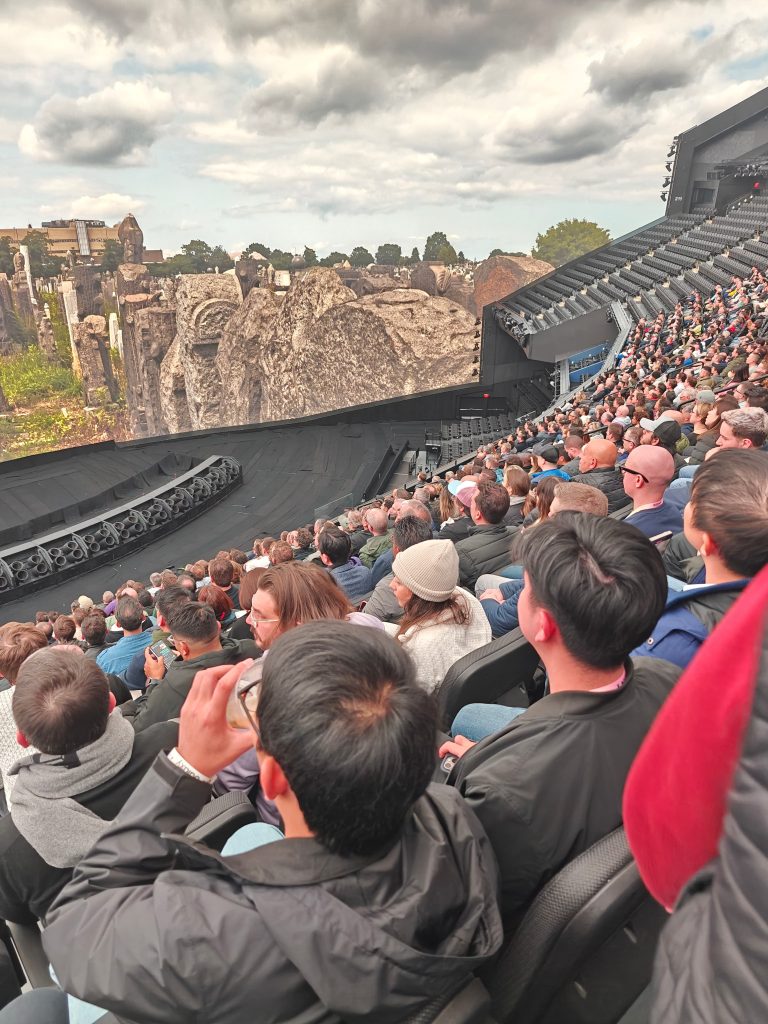








Comments